【Steel Market】Weekly Observation: Sentiment Rebounding, Negative Feedback Delayed

Graphite electrodes are vital consumables in EAF steelmaking, mainly used for arc heating. With superior electrical conductivity and high-temperature resistance, they are key to improving both the output and quality of EAF steel.
【Steel Market】Weekly Observation: Sentiment Rebounding, Negative Feedback Delayed
Last week, policies aimed at "curbing internal competition" continued to dominate market sentiment, with the expectation of supportive measures continuing to strengthen. Meanwhile, on July 7, U.S. President Trump signed an executive order extending the so-called "reciprocal tariffs" waiver—originally set to expire on July 9—until August 1, temporarily easing the risk of a U.S.–China trade conflict escalation and boosting market risk appetite. Driven by this, ferrous commodity prices continued their rebound. Currently, Shanghai rebar prices have risen by 90 CNY/ton since the end of June, reaching 3,220 CNY/ton.
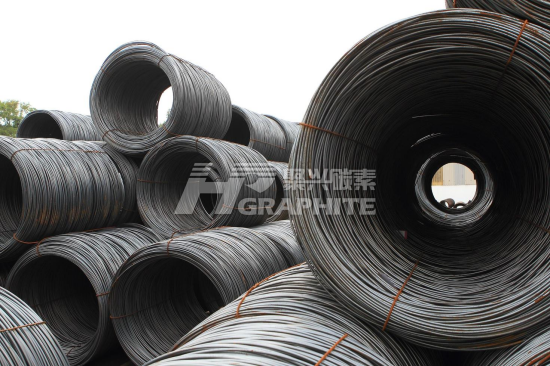
Despite it being the low season, the fundamental supply–demand balance in steel remains relatively stable, providing support for this round of price rebound:
Rebar's small-sample apparent consumption fell slightly week-on-week—by 30,000 tons—to 2.215 million tons. However, the weekly average in July is still approximately 12,000 tons higher than in June. Although direct building-material shipments fell 9.1%, reflecting a slowdown in end-user purchasing, improved sentiment has driven speculative demand and maintained robust apparent consumption. Rebar inventories have not shown the seasonal build-up typical in late June, lagging behind previous years.
In the raw material sector, coking coal supply continued tightening under environmental constraints. Weekly average coking output dropped by 3,000 tons per day, hitting the lowest point since April. Rising prices have triggered early stockpiling by steel mills. Inventory at 247 steel companies rose by 3,000 tons over the week—approximately 100,000 tons since the end of June. Coke prices may see another round of increases this week, further supporting ferrous sentiment.
Looking ahead to this week, the overall supply–demand structure remains stable, with no obvious imbalances. With the July Politburo meeting approaching, markets expect further supportive measures against "internal competition" and for domestic demand stimulation. Driven by sentiment and policy expectations, ferrous commodity prices may remain elevated in the near term, with seasonal demand-driven production cuts delayed.
However, support driven by sentiment, rather than sustained demand recovery, may prove temporary. Since raw material price increases have outpaced those of finished steel, mill margins are being squeezed. Once sentiment fades, accumulated fundamental imbalances may resurface, risking price pullbacks.
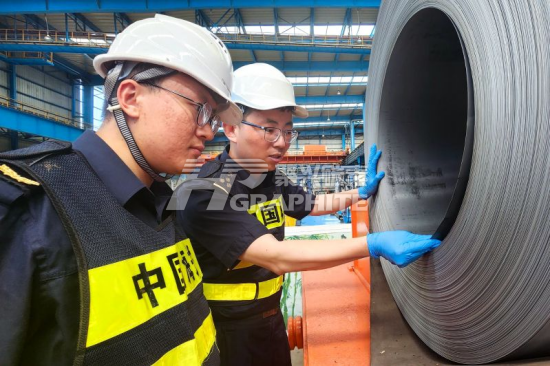
Key risks to monitor include:
1. Export pressure
The U.S. is taking aim at indirect trade routes via Southeast Asia. For example, it has announced 40% tariffs on goods transshipped through Vietnam. The China–Vietnam hot-rolled price spread has narrowed to just 41.9 CNY/ton—the lowest since mid-May—weakening Chinese export competitiveness.
More trade barriers are emerging: Vietnam recently imposed a five-year anti-dumping duty on Chinese hot-rolled steel, while South Korea is reportedly preparing to expand anti-dumping probes to galvanized steel, tightening export channels.
High-frequency data shows weekly steel export volumes—calculated over four weeks—falling by 5.7%. Hot-rolled steel inventories at Tangshan port have grown for four consecutive weeks, indicating persistent external demand weakness.
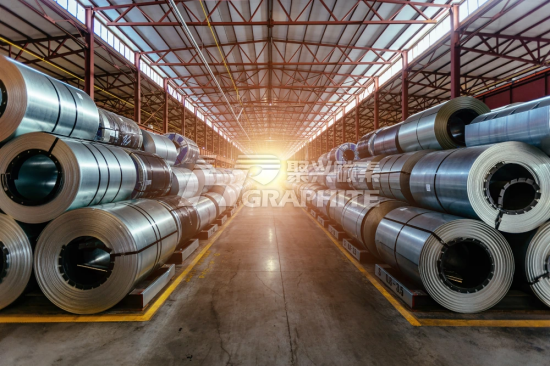
2. Iron ore trends
Qingdao port's spot price for PB fines has rebounded sharply to 735 CNY/ton, +19 CNY/ton week-over-week. Rumors of crude steel output restrictions in Tangshan and Shanxi have pushed ferrous prices higher. Milled margins are under pressure.
Although iron ore faces potential inventory accumulation later in the year, steelmaking remains near 2.4 million tons/day, and mills have not initiated large-scale cuts. Thus, spot ore prices remain sentiment-driven. Resistance may form around 100 USD/ton until a new catalyst emerges.
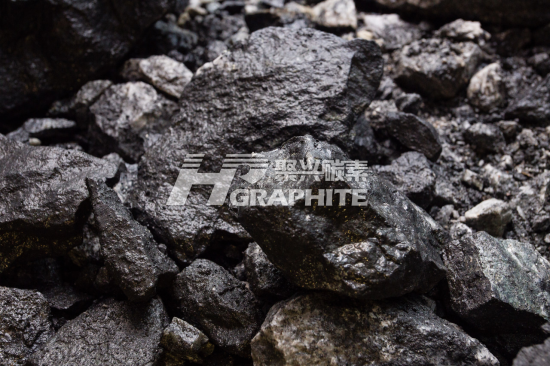
3. Coking and thermal coal rebound
Port-level 1st-grade coke averaged 1,232 CNY/ton (+54). Linfen low-sulfur thermal coal hit 1,198 CNY/ton (+22). Industrial commodity sentiment has improved, and crude steel supply control rumors have supported prices.
Port coal stocks have dropped significantly. With futures premiums rising, spot-physical arbitrage is favorable, supporting continued spot price gains.
Since June, thermal coal's rally has reflected both sentiment and tight supply. Coke producers are facing mounting losses, with output aligned with hot metal trends. Spot coke prices have already priced in two expected hikes, one of which may be implemented this week.
The current rally may be transitioning from being purely supply-driven to being driven by macro variables and margins. Spot-futures price spreads remain positive. However, if sentiment cools, fundamentals may reassert, leading to sharp correction risks on the supply side.
Summary
Macro and policy tailwinds continue to support short-term ferrous commodity sentiment. But caution is warranted: this rally appears more like a sentiment-driven rebound than a fundamental turnaround. Rising raw material costs, reduced export demand, and delayed production feedback could weigh on prices soon.
Feel free to contact us anytime for more information about the EAF Steel market. Our team is dedicated to providing you with in-depth insights and customized assistance based on your needs. Whether you have questions about product specifications, market trends, or pricing, we are here to help.
No related results found
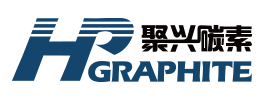







0 Replies